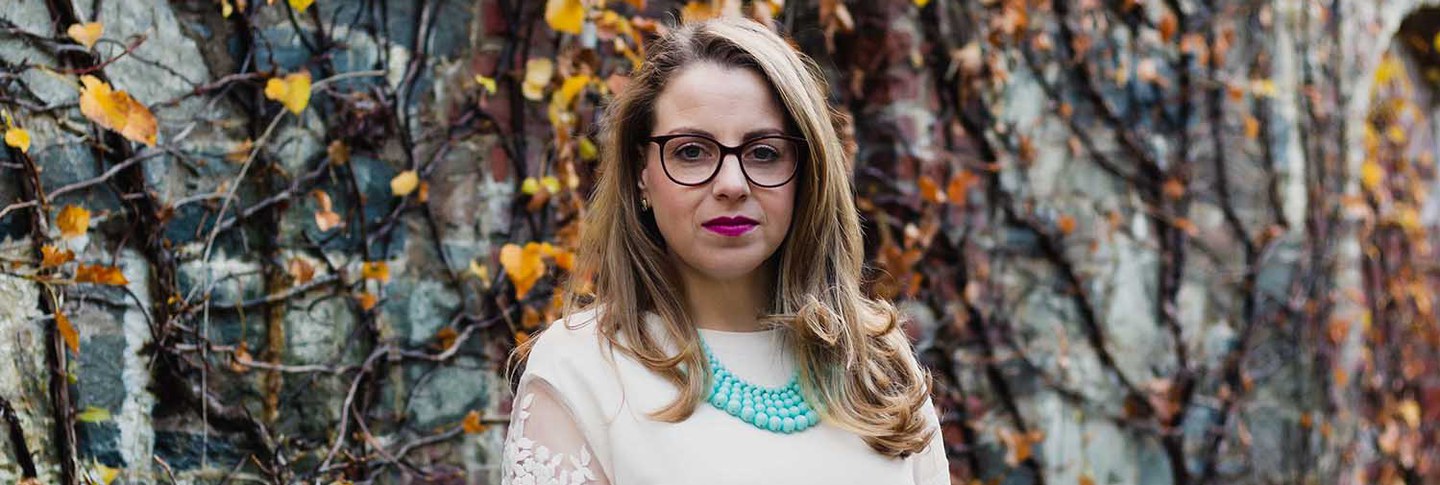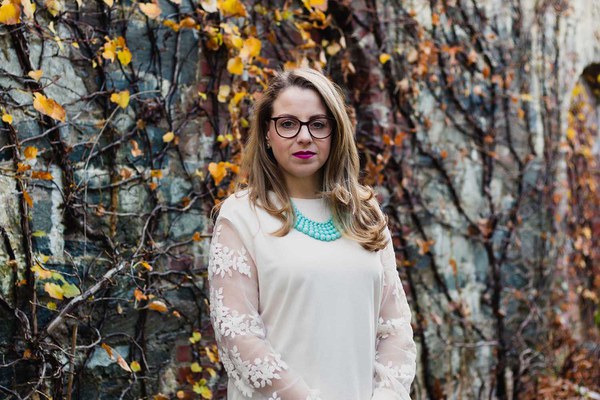Christine Griffiths, a PhD candidate in early modern material culture at Bard Graduate Center, was a junior fellow in Garden and Landscape Studies. Her recent research report, “From Garden to Toilette: Cultivating Perfume in Early Modern England,” discussed how new developments in horticulture shaped the role of perfume in English society between 1650 and 1750.
Q&A with Christine Griffiths
Why study the making and materials of perfume?
Thinking about the materiality of historical perfume is really challenging because perfume is an ephemeral substance. You fumigate a room, dust a textile, or apply a pomade or scented water, and then it’s gone. It dissipates, evaporates, and often doesn’t leave a material trace. Working alongside horticulturists and perfumers in the US, France, and the UK solidified for me that a focus on ingredients was a really fruitful foundation for a study of perfume. Things like climate and environment have an impact on plants, which in turn affects the scent and longevity of finished perfumes.
In present-day society, most of us are completely detached from the process of making perfumes by hand. We are accustomed to testing fabricated fragrances spritzed onto paper blotters in department stores with minimal understanding of how those essences came into being. For this reason, we often confine perfume to the realm of olfaction, but in reality, making perfume requires more than the sense of smell; it entails all the senses. During the period I study, 1650–1750, producing perfumes necessitated a full bodily encounter with animal, vegetable, and mineral substances: resins were pounded into powders and oils from fruits and flowers were expressed or extracted. These processes required hearing, sight, taste, and touch, just as much as smell.
These ideas are actually very visible in the archives once you start to think about them. For example, recipe books repeatedly note the best times of year to plant and harvest and how to use your senses. Furthermore, beginning with materials elucidates other stories about nature, gender, immigration, artisanal knowledge, and experimentation that may otherwise have remained obscure.
What are some examples of those other stories?
Plants are important to consider because they were at the very foundation of nearly every aspect of society—from food and medicine to linen cloth and rag paper to dyes, cosmetics, and perfumes. Daily life was structured around interactions with plants. As new types of plants were brought to England from the Mediterranean, East Asia, Africa, and the Americas, new techniques were required to keep these plants alive. In some cases, travelers recorded indigenous methods for cultivation. In other cases, entirely new knowledge systems were developed to account for climatic differences. Flowers and fruits were agents in the social production of knowledge.
The immigrant story at this period of England’s history is also incredibly important to the success of perfume production. Throughout the 16th and 17th centuries, waves of Protestant refugees arrived in England from the European continent. Many of these people were trained artisans who possessed valuable craft knowledge, among them physicians, apothecaries, glovers, leatherworkers, gardeners, and perfumers. Oranges, for example, were notoriously difficult to grow in the cold, damp English climate. But gardeners from the Low Countries (the Netherlands, Luxembourg, and Belgium) brought knowledge for enriching gravelly soils and new techniques for circumventing climate, forcing oranges and other plants with heat and steam. These methods enabled foreign plants to be cultivated on a larger scale than ever before and, in turn, increased the popularity of fragrances made with such materials.
What can perfume tell us about the role of women in early modern society?
My study of perfume illuminates the varied contributions of women in the 17th and 18th centuries. Women were botanizing, which means they collected and studied flowers and plants. There were herb women, who had specialized knowledge amassed from firsthand experience and passed down through the generations. Women also wrote about scents and compiled collections of recipes, in some cases translating continental recipes to take back to England.
Women cultivated both plants and information in the space of the garden. Through experimentation with florae and the dissemination of recipes, they circumnavigated the societal structures that excluded them. In this way, the garden introduces otherwise unobtainable information about the dynamic relationships between people and plants, which in turn broadens the historical discourse. At the same time, telling the story of perfume from the materials restores agency to women, as well as to immigrant or artisanal communities, who have traditionally been on the margins of history.
Julia Ostmann is Postgraduate Writing and Reporting Fellow at Dumbarton Oaks. Photo by Elizabeth Muñoz Huber, Postgraduate Digital Media Fellow.

